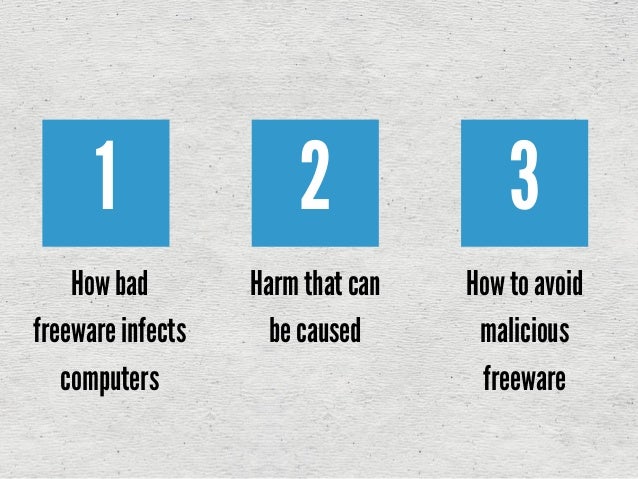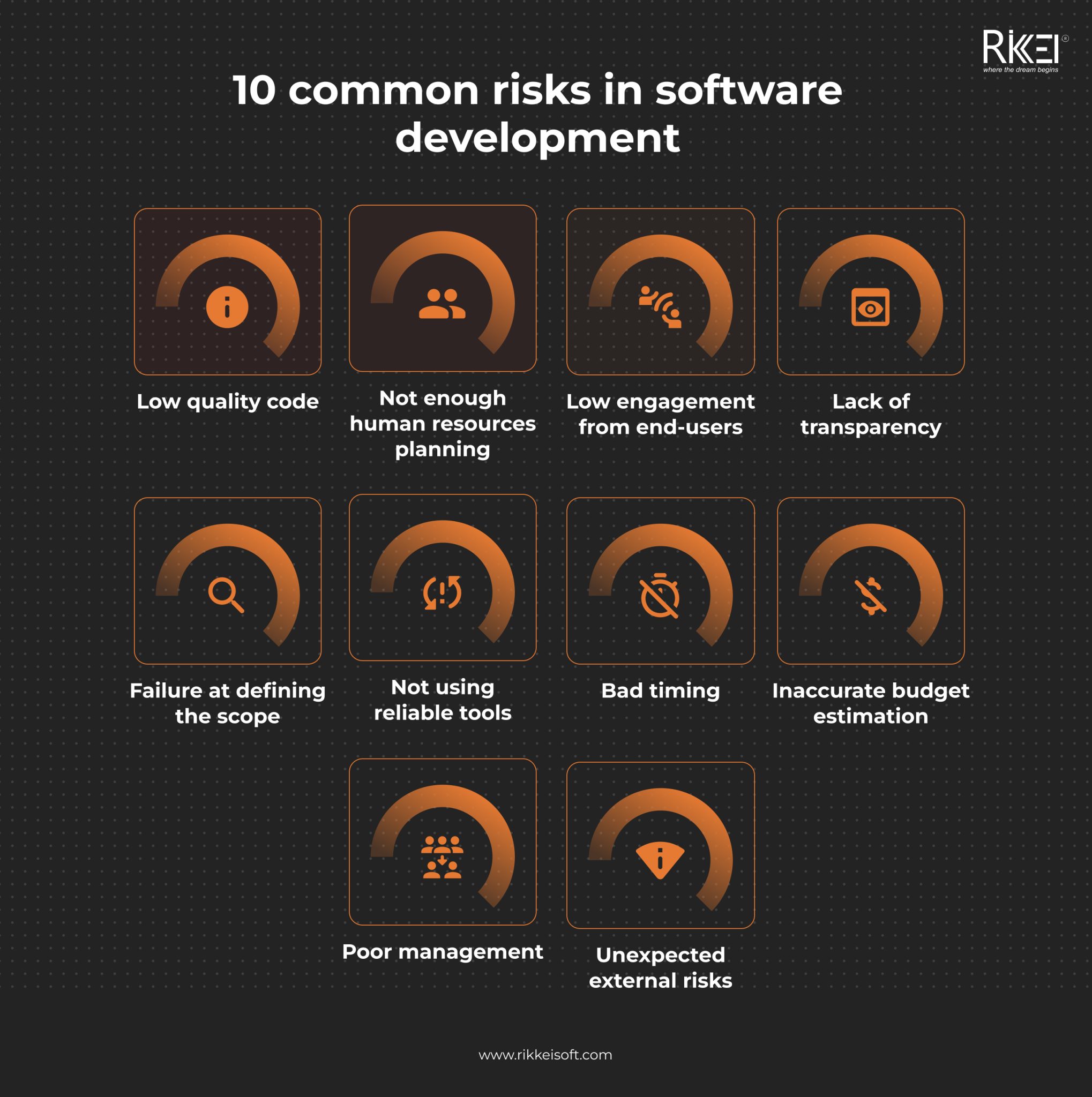The Risks of Downloading Software: A Comprehensive Guide
Related Articles: The Risks of Downloading Software: A Comprehensive Guide
Introduction
With enthusiasm, let’s navigate through the intriguing topic related to The Risks of Downloading Software: A Comprehensive Guide. Let’s weave interesting information and offer fresh perspectives to the readers.
Table of Content
- 1 Related Articles: The Risks of Downloading Software: A Comprehensive Guide
- 2 Introduction
- 3 The Risks of Downloading Software: A Comprehensive Guide
- 3.1 Understanding the Threat: Malware and its Impact
- 3.2 The Dangers of Downloading from Untrusted Sources
- 3.3 Safeguarding Your System: Best Practices for Secure Downloads
- 3.4 FAQs: Addressing Common Concerns
- 3.5 Tips for Minimizing Download Risks
- 3.6 Conclusion: Staying Safe in the Digital World
- 4 Closure
The Risks of Downloading Software: A Comprehensive Guide

The digital landscape is constantly evolving, with new software being released frequently. While this offers exciting opportunities for users, it also presents potential security risks. Downloading software, especially from untrusted sources, can expose users to malicious actors seeking to exploit vulnerabilities and gain access to sensitive information.
This article aims to provide a comprehensive understanding of the potential risks associated with downloading software, particularly focusing on the potential for malware infection and the importance of exercising caution and employing best practices.
Understanding the Threat: Malware and its Impact
Malware, a shortened form of malicious software, encompasses a wide range of software designed to infiltrate computer systems without authorization, causing harm or stealing data. Common types of malware include:
- Viruses: These programs replicate themselves and spread to other files or programs, potentially corrupting data or disrupting system operations.
- Worms: Similar to viruses, worms can self-replicate but can spread across networks without user interaction, exploiting vulnerabilities to gain access to systems.
- Trojan Horses: These programs disguise themselves as legitimate software but contain malicious code that can steal data, control the infected system, or open backdoors for further attacks.
- Spyware: This type of malware secretly monitors user activity, collecting sensitive information such as passwords, browsing history, or financial data.
- Ransomware: This malicious software encrypts user data, rendering it inaccessible, and demands payment for decryption.
These malicious programs can be distributed through various means, including:
- Infected websites: Clicking on malicious links or visiting compromised websites can download malware without the user’s knowledge.
- Email attachments: Opening email attachments from unknown senders or clicking on suspicious links can expose systems to malware.
- Piracy websites: Downloading software from unauthorized sources often comes bundled with malware, as attackers exploit the demand for free software.
- Software updates: Fake updates or updates from untrusted sources can contain malware, posing as legitimate software.
The Dangers of Downloading from Untrusted Sources
Downloading software from unreliable sources, such as shady websites, peer-to-peer networks, or email attachments from unknown senders, significantly increases the risk of malware infection. These sources often lack proper security measures and may deliberately distribute malicious software disguised as legitimate programs.
Consequences of Malware Infection:
- Data theft: Malware can steal sensitive information such as passwords, financial details, and personal data, leading to identity theft and financial losses.
- System damage: Malware can corrupt files, damage hardware, and disrupt system operations, rendering the computer unusable.
- Loss of privacy: Spyware can monitor user activity, tracking browsing history, keystrokes, and other sensitive data, compromising privacy.
- Network compromise: Malware can spread to other devices on the network, exposing them to similar threats.
- Financial losses: Ransomware attacks can lead to significant financial losses due to data encryption and ransom demands.
Safeguarding Your System: Best Practices for Secure Downloads
While the risks associated with downloading software are significant, taking preventive measures can significantly reduce the chances of malware infection. Here are some essential best practices:
- Download from trusted sources: Only download software from reputable websites and verified app stores.
- Check software reviews and ratings: Research the software before downloading it, reading reviews and checking its reputation.
- Verify software authenticity: Be cautious of suspicious downloads or software that appears too good to be true.
- Install a reputable antivirus program: Ensure that your system is protected by a reliable antivirus program that can detect and remove malware.
- Keep your software updated: Regularly update your operating system and software applications to patch vulnerabilities that could be exploited by malware.
- Enable firewall protection: A firewall acts as a barrier between your system and the internet, blocking unauthorized access and preventing malware from entering.
- Be cautious with email attachments: Avoid opening attachments from unknown senders or clicking on suspicious links in emails.
- Use strong passwords: Employ complex passwords and avoid using the same password for multiple accounts.
- Enable two-factor authentication: This extra layer of security requires an additional code, usually sent to your phone, to verify your identity.
FAQs: Addressing Common Concerns
Q: How do I know if a downloaded file is safe?
A: While it’s impossible to guarantee the safety of every download, several indicators can raise red flags:
- Unfamiliar file extensions: Be cautious of files with unusual extensions, especially those not associated with known software.
- Large file sizes: If the download size is significantly larger than expected, it could be a sign of malicious code.
- Suspicious website design: Websites with poor design, grammatical errors, or excessive pop-ups might be unreliable.
- Lack of security protocols: Websites that don’t use HTTPS encryption are more vulnerable to attacks.
Q: What should I do if I think I’ve downloaded malware?
A: If you suspect malware infection, take the following steps:
- Disconnect from the internet: This prevents the malware from spreading to other devices or communicating with its operators.
- Run a full system scan with your antivirus software: This will detect and remove any malware present on your system.
- Change your passwords: If you believe your passwords may have been compromised, change them immediately.
- Contact your IT department or a security professional: If you’re unsure how to handle the situation, seek professional help.
Q: Is it safe to download software from peer-to-peer networks?
A: Downloading software from peer-to-peer networks is generally not recommended due to the high risk of malware infection. These networks often lack security measures, and users may unknowingly share infected files.
Q: Can I get hacked by downloading free software from the internet?
A: While free software can be legitimate, downloading it from untrusted sources increases the risk of malware infection. Always verify the source and check reviews before downloading free software.
Q: What are the best practices for downloading software on a mobile device?
A: Similar to desktop computers, downloading software from trusted sources and using a reliable antivirus app are crucial for mobile devices. Avoid downloading apps from unknown websites or app stores, and be cautious of suspicious links or downloads.
Tips for Minimizing Download Risks
- Prioritize official websites: Download software directly from the official website of the developer or publisher.
- Read software licenses: Familiarize yourself with the terms and conditions of the software before downloading it.
- Use a virtual machine: Downloading suspicious software in a virtual machine can isolate it from your main system, reducing the risk of infection.
- Stay informed: Keep abreast of the latest security threats and vulnerabilities to make informed decisions about software downloads.
- Report suspicious activity: If you encounter suspicious software or websites, report them to the appropriate authorities.
Conclusion: Staying Safe in the Digital World
Downloading software can be a convenient and essential part of our digital lives, but it’s crucial to understand the associated risks and take appropriate precautions. By downloading software from trusted sources, employing best practices, and staying vigilant, users can significantly reduce their chances of malware infection and protect their systems and data.
Remember, security is an ongoing process. Regularly updating software, running antivirus scans, and staying informed about emerging threats are essential steps to ensure a safe and secure digital experience.







Closure
Thus, we hope this article has provided valuable insights into The Risks of Downloading Software: A Comprehensive Guide. We thank you for taking the time to read this article. See you in our next article!
